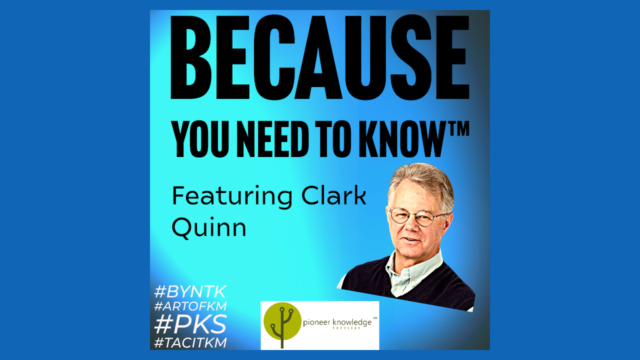
How effective social change works
The rapid activation of global responses to the COVID-19 public health crisis has been compared by a number of commentators to the lack of progress being made by a range of activists on various political, social, and environmental issues in recent years. A recurring sentiment has been, “If the world can respond so quickly to COVID-19, what is stopping progress on other issues?”
A 2017 article co-authored by Julie Battilana in the Stanford Social Innovation Review provides an excellent framework for thinking about how people lead and succeed in social change efforts. After extensive research studying hundreds of social change initiatives over multiple years and interviewing social entrepreneurs, civil society leaders, and public officials around the world, Battilana has identified three distinct roles1, each with essential parts to play in establishing a pathway to change:
- An agitator creates awareness of the grievances of specific individuals or groups
- An innovator creates an actionable solution to address the problem
- An orchestrator coordinates action across groups, organizations, and sectors to scale the proposed solution.
Any pathway to social change requires all three roles to be filled. Although people may fill multiple roles or move between roles over time, Battilana’s key insight that the challenges they raise for leaders of change differ, and each requires different kinds of resources and actions. Battilana writes:
[Agitators] articulate grievances with the status quo in ways that create common purpose among those who oppose it. Engaging directly and regularly with those who suffer from the problem and could benefit from change is essential to understanding the problem and its context, and to launching and supporting action against it … Agitators can make a problem resonant in various ways, using combinations of appeals to reason, fairness, and emotion. Above all, it is crucial for agitators to fully comprehend and respect the mental models of all stakeholders—allies, detractors, and fence-sitters alike …Innovators must not only conceptualize possible solutions but also communicate them in appealing ways [and] face two main traps. The first is blindness to negative consequences. In addressing a symptom of the problem, leaders may unintentionally reinforce its roots and even create new symptoms … The second [is] the danger of coming up with an elegant solution without considering its practicality or likelihood of adoption … Without a solution that is feasible and capable of spreading throughout the sector, the movement is at risk and may not move beyond innovating … To avoid these traps, it is essential that innovators develop a well-defined theory of change that connects the inputs and activities involved in the proposed solution to its outputs and impact.
The role of orchestrator involves planning and leading the strategy for change adoption, in close coordination with the range of actors already behind the change, as well as those now asked to adopt it who may have fought it initially … Leaders should always try to understand why some people resist the proposed change and to address their concerns. But cultivating close social ties with these people may be counter-productive … Orchestrators face two main challenges: mission drift and dilution. As orchestrators bend to accommodate different interests and develop a sound organization and strategy, they need to make sure these activities serve the mission of change adoption and not merely the perpetuation and bureaucratization of the movement and the organizations it comprises. Orchestrators also need to be careful not to dilute their message too much as they tailor their discourse to different people they want to persuade. To avoid these traps, orchestrators need to identify milestones and regularly assess their progress toward short- and long-term goals.
(emphasis added)
The whole article provides fantastic practical detail and guidance for those involved in social change in any capacity, and is well worth your time to read.
Header image: Achieving a successful biodiversity conservation outcome in Gatton Shire, Queensland, Australia involved agitation, innovation, and orchestration.
Reference:
- Battilana, J., & Kimsey, M. (2017). Should you agitate, innovate, or orchestrate? Stanford Social Innovation Review. ↩







Excellent article, thank you. My experiences in the environmental management field very much support the need for these three different roles. I think that it’s important to note though that the three roles can be carried out by the same person. For example, my work in achieving a successful biodiversity conservation outcome in Gatton Shire, Queensland involved agitation, innovation, and orchestration.